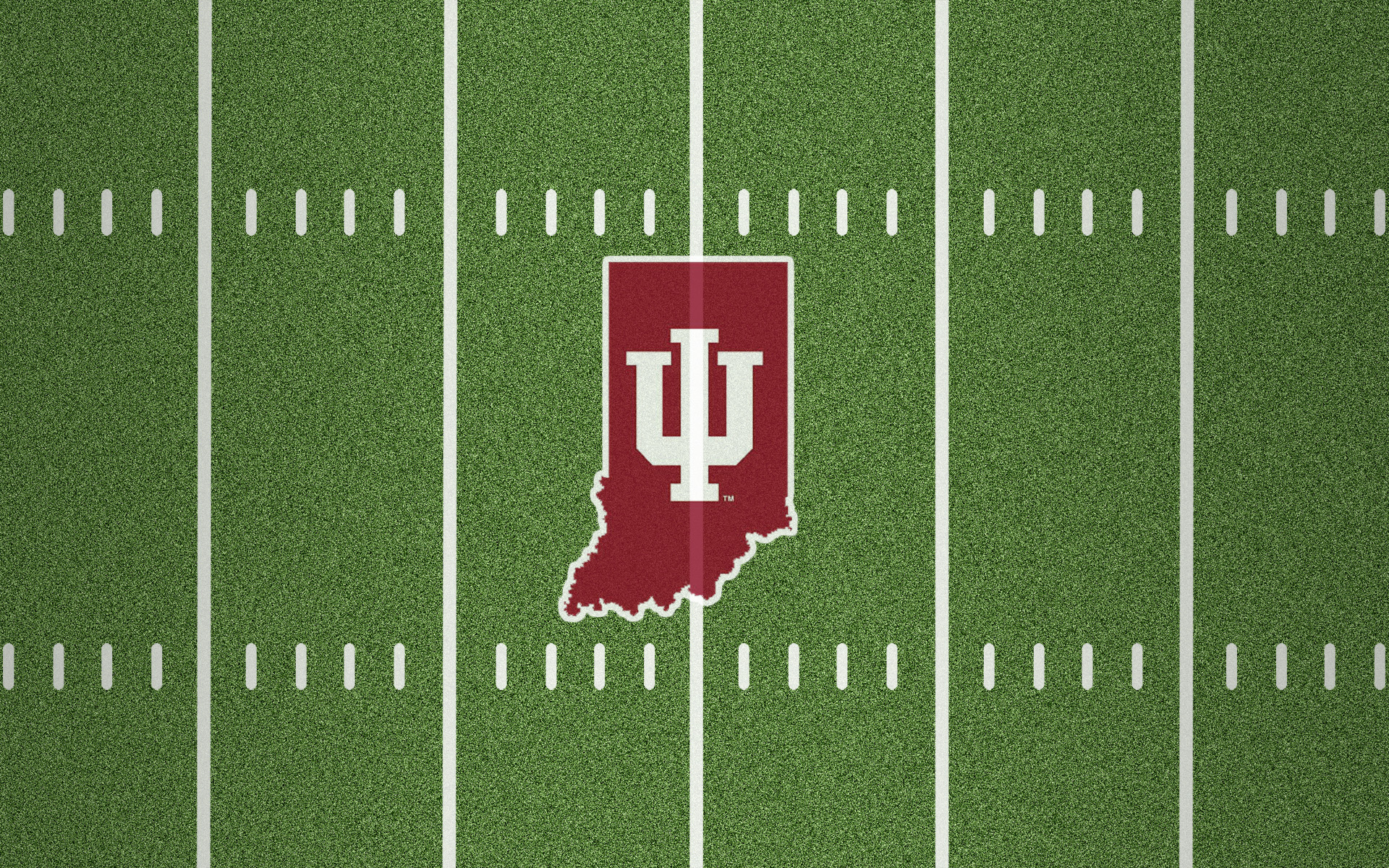Five Items the Hoosiers Need to Check-Off Their Spring Practice To-Do List
/The Hoosiers open Spring Practice on March 7th Image: Amanda Pavelka Hoosier Huddle
Written by Sammy Jacobs (@Hoosier_Huddle)
The Indiana Hoosiers will open up their spring football practice session on March 7th, 2020 and conclude it with their annual Cream and Crimson Game on Friday April 17th, 2020 at 7pm in Memorial Stadium. Spring practice is a time of growth and development for the players who have been around the program as last year’s seniors have moved on and next year’s freshmen (outside of the nine early enrollees) haven’t arrived yet. While it may not drum up a ton of excitement, there are things that Indiana football has to do over the next two months to help ensure the 2020 season is a successful one, here they are:
1. Michael Penix and Jack Tuttle a full spring practice session-
Every young player needs practice repetitions to improve. Last spring quarterback Michael Penix was limited in what he could do coming off of knee surgery and quarterback Jack Tuttle was ruled out of the last couple weeks of practice and the spring game battling mononucleosis. According to head coach Tom Allen, Penix is ready to go full-bore after surgery prematurely ended his 2019 season. Tuttle, over mononucleosis, is right behind him ready to work on his craft.
Fans have been vocal about their concerns about Penix being injury prone. He will enter spring practice with a little more heft in hopes that it helps him absorb hits better. If Penix can go the entirety of spring practice without set back it will go a long way to assuaging the fans injury fears. Not only that, it will finally let him develop as a quarterback without physical restrictions.
In Tuttle’s case, his practice reps will go way up as he became QB2 when Peyton Ramsey entered the transfer portal last month. Tuttle has not seen the field a whole bunch since he graduated from high school and these spring reps will help speed up his development.
The Hoosiers will also have Dexter Williams, a freshman early enrollee, available to them. While he will be behind Penix and Tuttle, getting him in for spring should do wonders for him.
2. Rebuilding the offensive line-
The Hoosiers will have to replace three linemen that were opening day starters in 2019 in Coy Cronk (transfer), Hunter Littlejohn (eligibility exhausted) and Simon Stepaniak (eligibility exhausted). The line, which was excellent in pass protection but struggled in the run game, will need to be rebuilt. The good news for the Hoosiers is that they have a solid foundation to build around. True freshman Matthew Bedford filled in swimmingly for Cronk and Caleb Jones more than held is own at tackle. Harry Crider can play either guard or center and proved he could be a starter in the Big Ten in 2019. The Hoosiers also bring in Dylan Powell, a grad transfer from Stanford who can play any one of the interior line positions and junior college transfer Luke Haggard who has the size and ability to play tackle.
The Hoosiers will need to figure out who they want to play the unoccupied guard position. Will it be Mackenzie Nowarh, who has played well at times, or will it be someone else like Michael Katic? If the Hoosiers cannot find an answer in spring practice, it could open the door for a freshman to take control of the job in the spring.
3. Improving the pass defense
The Indiana defense ranked 10th in the Big Ten last season in pass defense surrendering 213.7 yards per game. The Hoosiers also ranked second to last in the conference with just seven interceptions. For the Hoosiers to continue their success in the win column from 2019 to 2020, the pass defense must take the next step, which is to move up to the top half of the Big Ten.
In order for that to happen the Hoosiers need to find two things this spring.
One, they need to find playmakers in the secondary. After intercepting 13 passes in 2018, the Hoosiers had just seven interceptions in 2019. Tiawan Mullen had outstanding true freshman campaign, but can the Hoosiers find another corner that can help shut down opposing wide receivers? Reese Taylor came on strong after mid-season and looks to take a hold of the spot opposite Mullen. Jamar Johnson looks like he can grow into the play maker IU needs at either safety or husky as he picked off two passes late in the year, including a pick six against Tennessee in the TaxSlayer Gator Bowl. We’ll dive deeper into the secondary in our position previews.
Second, IU needs to find a pass rush. Even the best secondary cannot cover receivers for more than five or six seconds. A consistent pass rush will help the pass defense immensely. The Hoosiers had 27 sacks and 31 quarterback hurries last season and return most of their production (20.5 of their 27 sacks). Spring practice may not be the best time to judge how the pass rush will look in 2020, but it will be an important time to develop an edge rusher.
The Hoosiers defensive line will be coached by Kevin Peoples, who has spent the last few seasons at Tulane. He has earned a reputation of being able to make the most of what he has. We will see what he brings to the table for Indiana’s defense when practice starts up.
4. Figuring out how to make special teams a weapon
For some, the lasting images of the 2019 Indiana football will be of a missed field goal, an extra point off the upright and a botched onside kick that ultimately helped fuel the Hoosier collapse in the TaxSlayer Gator Bowl. Indiana will have a new special teams coordinator, Kasey Teegardin, after William Inge left to take the defensive coordinator position at Fresno State. Teegardin’s mission is simple. Make the Hoosiers special teams unit a weapon. That unit is the difference between winning and losing against matchup opponents. It’s the difference between blowing out bad teams and keeping their upset hopes alive. It is also the difference between giving the Hoosiers a shot at pulling off an upset and getting blown out of the water.
While it will be hard to judge the return and coverage units during the spring, an emphasis on this phase of the game has to be placed upon the players who man the units. The Hoosiers have a lot of intriguing pieces to build around, but that has been the story for the last few years. Can Teegardin make the most of what he has and build a difference making unit? Time will tell.
5. Building depth at every position
Spring football is a time when teams can build their depth, or at least hope to anyway. The seniors have graduated and most of the freshman are not on campus yet. Indiana does have eight freshman early enrollees, which will help accelerate their development as well. With the smaller numbers, the Hoosiers who have been in reserve will get their chance to improve and make a case for moving up the depth chart. The Hoosiers have been recruiting better than ever over the last three years, and now is the time to develop that talent and mold players who can give the Hoosiers the quality depth they need to compete year-after-year in the Big Ten.



